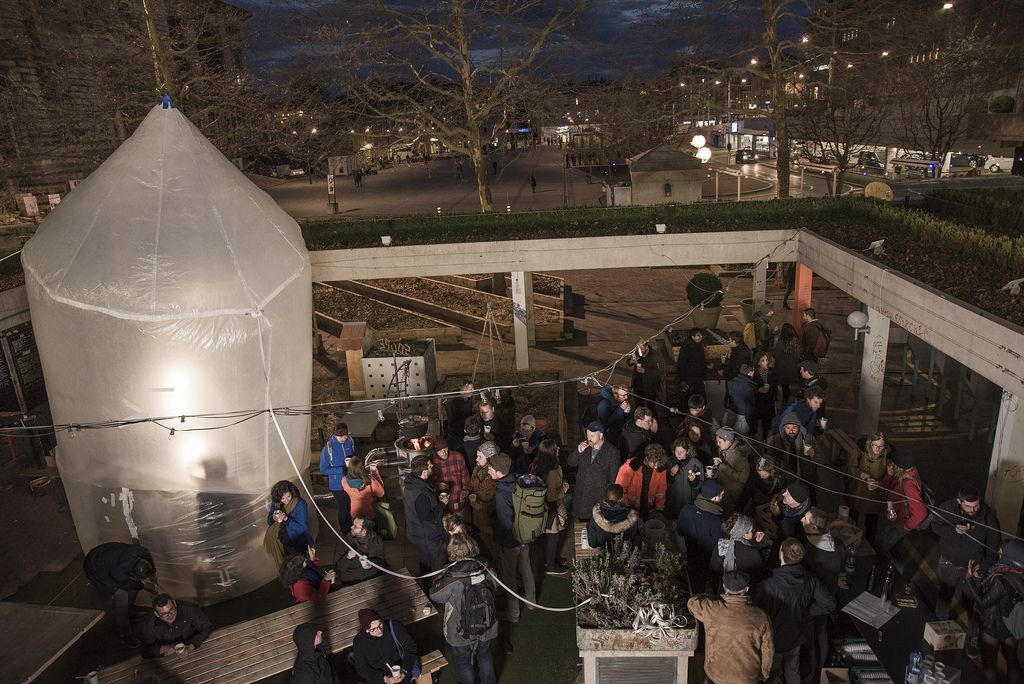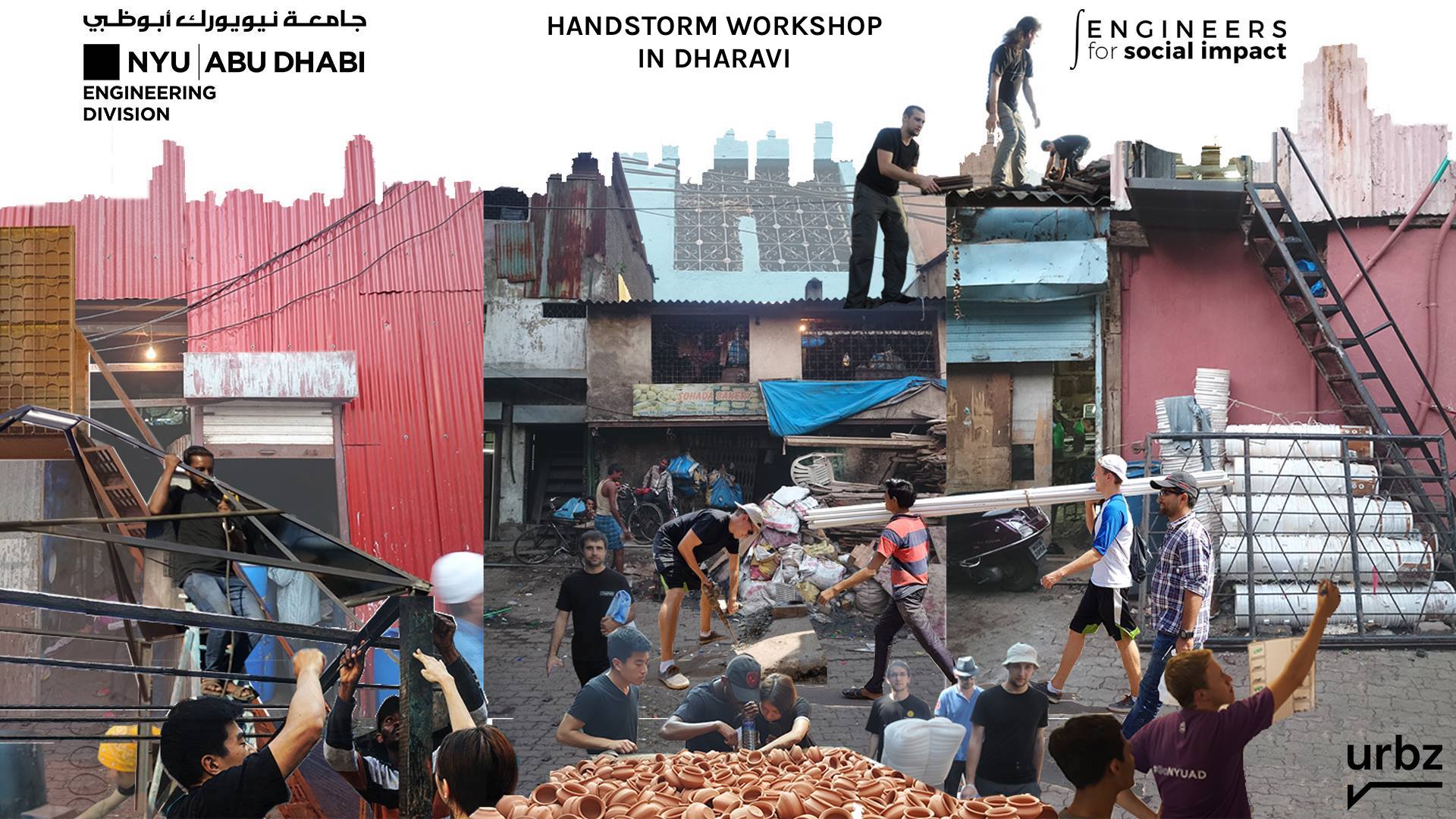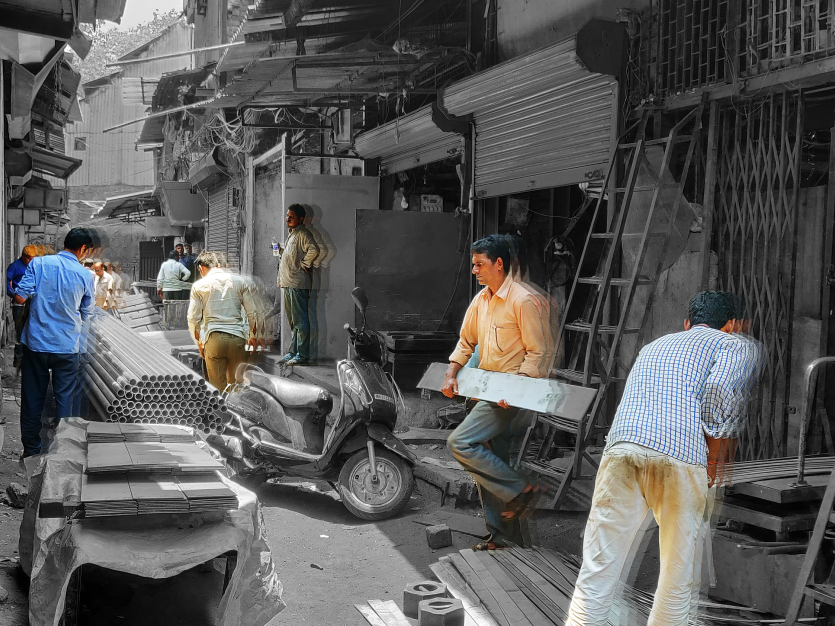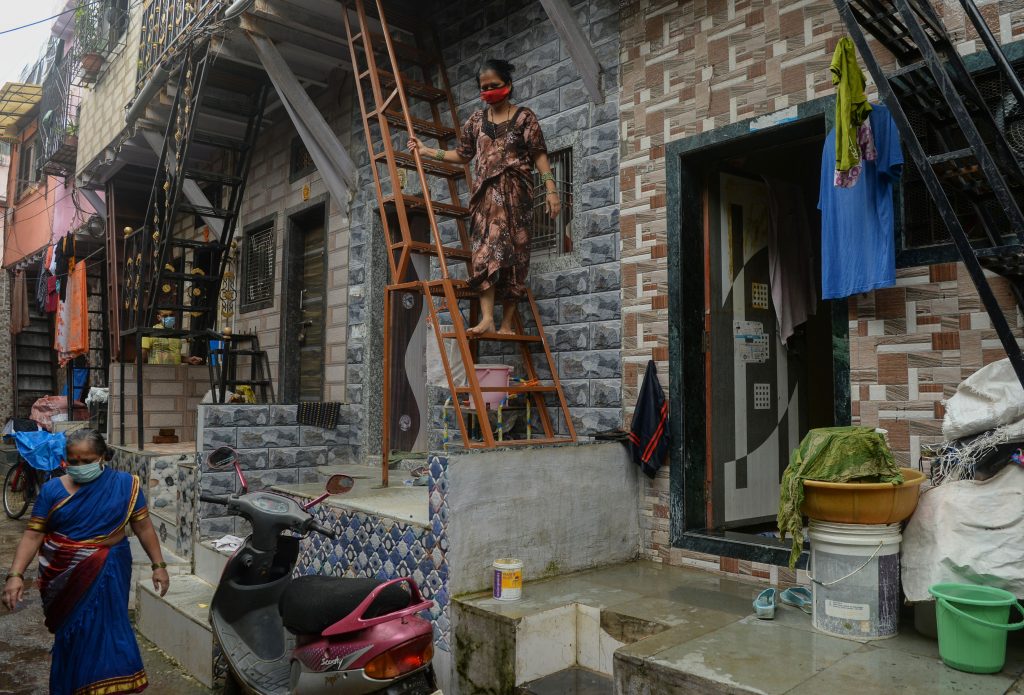The Space of the Public

The Space of the Public
Switzerland didn’t invent democracy, but provided it a very special context to flourish. Nassim Taleb praises the Swiss system as the most “antifragile” possible. While something that is robust can resist shocks and live on, and fragility makes systems vulnerable to breakdown, an antifragile system gets stronger by absorbing shocks! It can deal with what comes at it in a way that reinforces it.
One of the sources of this antifragility, according to Taleb, is the scale of Switzerland’s political institutions. He describes the country as not even a city-state, but a “municipal-state”. It has the ability to devolve power to local levels, letting tiny territories rule themselves independently while integrating them in a larger confederation, which represents all parts, rather than ruling them.
One of the earliest forms of democracy in Switzerland is known as the landsgemeinde, where men of a town would go to the central square to debate and vote on issues of common concern. Thus, public space has for the longest time had a political function. It is where people gather and unite, and where a shared sense of purpose and identity is produced.
Last weekend, the city of Lausanne - the fourth largest in the country - resurrected this tradition in a completely new form in order to decide what to do with its largest public squares - Riponne and Tunnel. Suffering from a bad image due to years of neglect, the area is grey and noisy, crowded with cars, and surrounded by towering buildings occupied by state institutions. It is also known as a gathering space for homeless people and drug addicts. It has many bars and small ethnic shops. Some see it as the last remaining space of chaos and freedom in a heavily regulated environment.
Yet, rather than drafting a master plan for the area from above, the municipal authorities decided to invite the public to a massive three-days brainstorming session. What’s more, it simultaneously organized an open air exhibition showing how the area had been shaped by two hundred years of bad planning. The exhibition fundamentally questions the ability of politicians and planners to deliver good quality urbanism.
Participatory planning is a new form of direct democracy that is rapidly taking roots in many cities around the world. In some Swiss towns it has recently become a legal requirement for all urban plans. The participatory approach acknowledges that voting is a limited mode of expression, which can’t capture user expertise and creativity.
What emerged was an effervescence of knowledge and ideas that bubbled from each corner of the perimeter where the event happened. From a local pop-up radio station, to a daily soup cooking pot which heated up a small bubble room for locals to sit in a circle and chat, from a series of walk throughs with a local historian, to an art installation that connected the two main squares at the heart of the project by paradoxically playing with an optical illusionary blocked pathway, from contributing to discovering the genius loci of the place (its essential spirit) through an audio archive, and the possibilities of a local circular economy in the neighbourhood.
The material produced now needs to be processed into a brief for the attention of architects and urban designers from all over the world who will be invited to participate in a design competition, to be judged by experts as well as the public. Regardless of the specific design that emerges from the process, what’s clear is that the public is willing and able to engage with the space and the activities that animate it.
The next move towards direct democracy, may well be to produce forms of local governance based not on a principle of representation, but on the principle of collective initiative. More than any grand plan, this is perhaps what these two squares need the most - a more fundamental form of public appropriation.
This article was first published in The Hindu Sunday Magazine on March 16th, 2019











